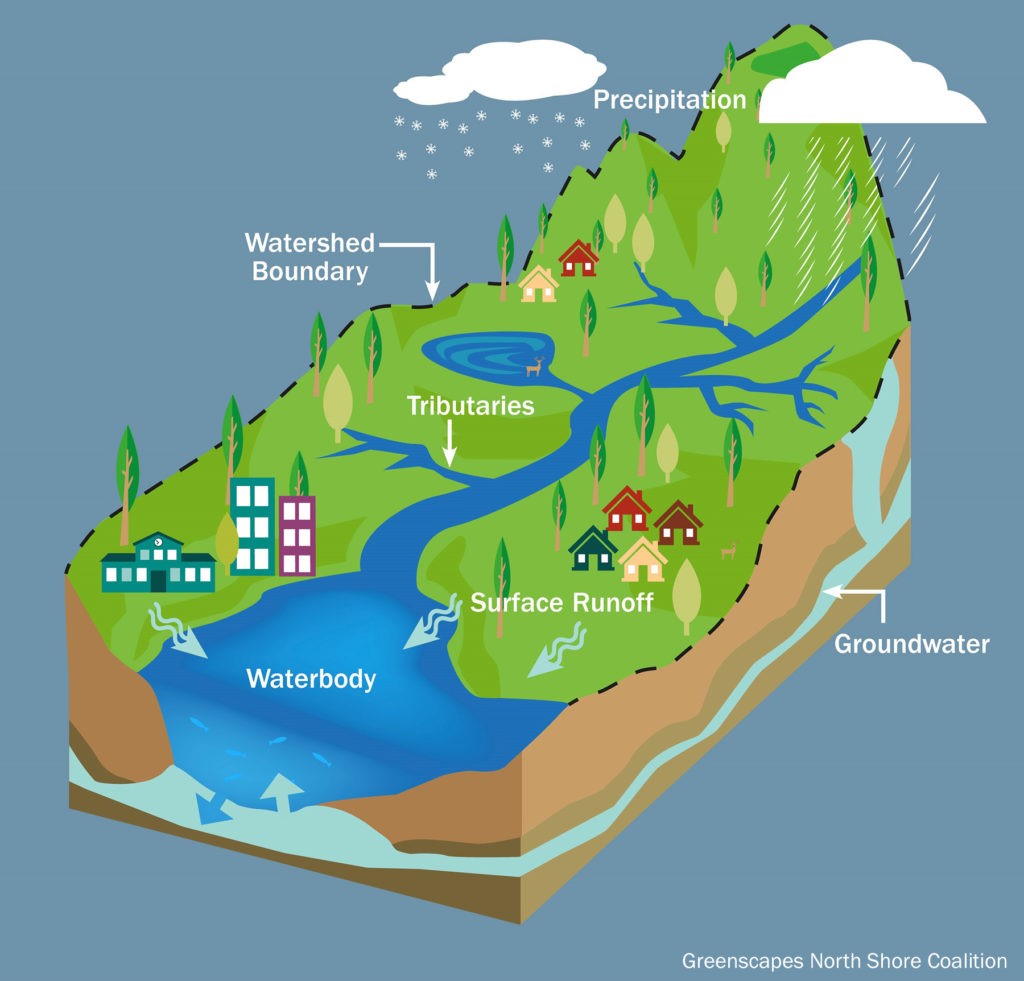Investigative Phenomena: What does a tide pool tell us about the larger ocean? Should I be concerned about finding any non-native species in a tide pool? Can data differ from tide pool to tide pool at the same sampling site?
Each tide pool is a microcosm of the ocean. In miniature, it contains a diversity of saltwater plants, and potentially crustaceans, fish, snails, cnidarians, and echinoderms that got stuck when the water went out during low tide. These creatures are the biotic factors, or living organisms, that make up their environment. We can also measure abiotic factors like temperature, salinity, and pH.
Pools in different intertidal zones may have differing measurements, indicating that each tide pool has its own microclimate. The creatures that get stuck in them for several hours have adaptations to help them survive and are quite resilient. The balance of the natural ecosystem is impacted by non-native species that may outcompete the local ones. Overall, we can learn about the story of the ocean itself and any changes it might be going through by studying tide pools and their residents over time. If a need is indicated by data, we can take action to help preserve our native species.
Next Generation Science Standards
Performance Expectation: MS-LS2-5
Science and Engineering Practices: Analyzing and interpreting data
Disciplinary Core Ideas: LS4.D Biodiversity and Humans
Crosscutting Concepts: Stability and Change

Each scientific project has protocols and steps that need to be followed to make sure we account for scientific accuracy.
To view the list of projects that have been completed within Fresh to Salt: Flowing Together, click the button below. Students and community members can use this available data to compare with their project data. Analyzing trends within a watershed can give us clues to the overall health of the watershed.
Students are currently busy in the classroom and out in the field collecting data as part of our pilot year. As their projects wrap up, we will post their results and you will be able to access them here.
